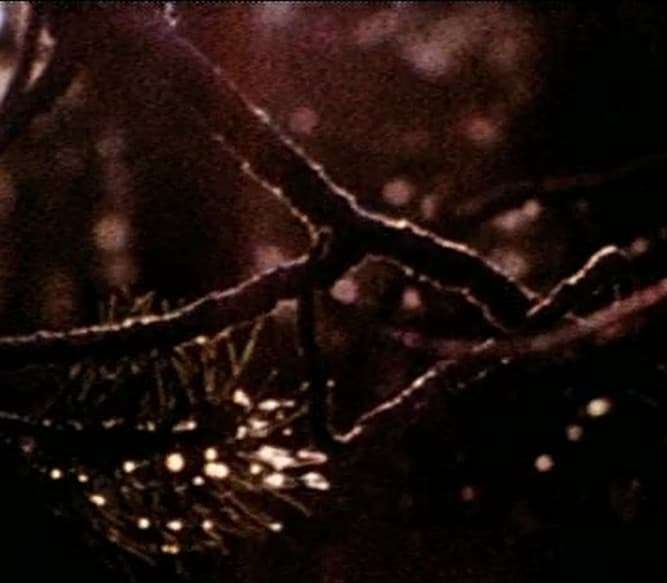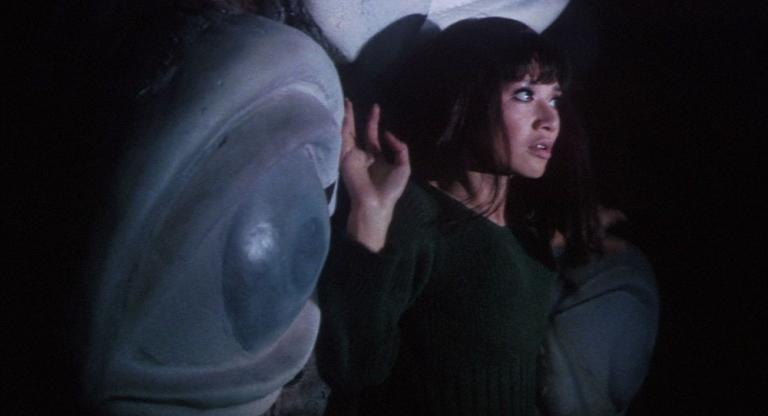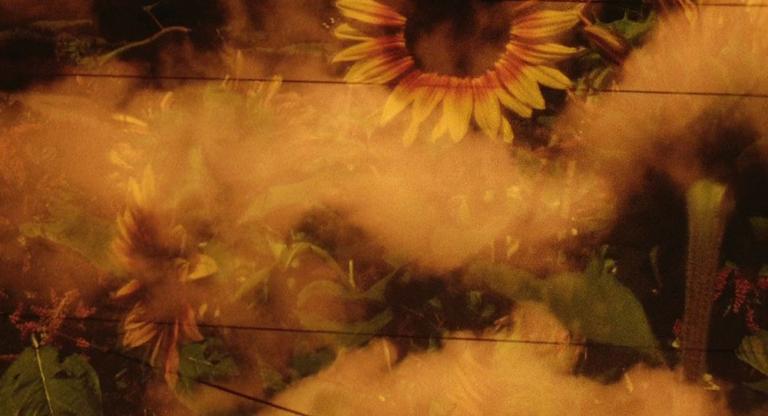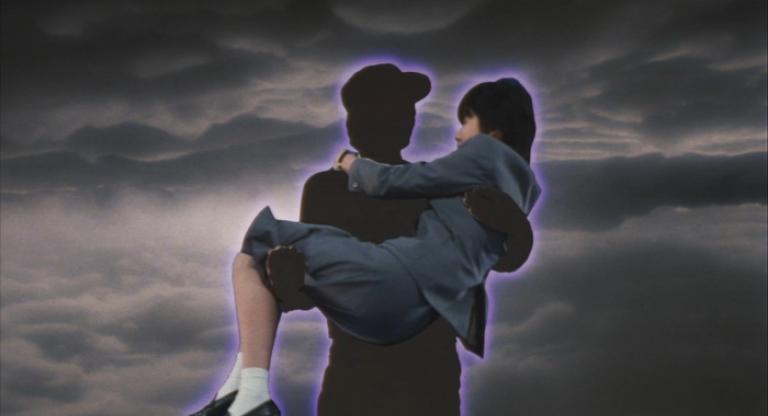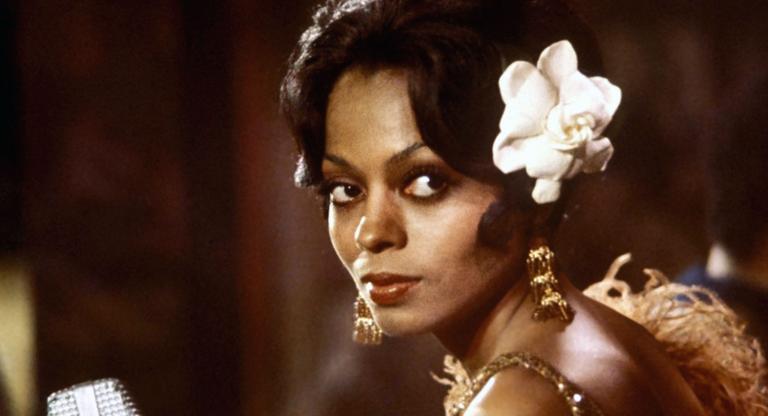Passage Through: A Ritual (1990), a mid-length film completed by Stan Brakhage after arguably the most radical decade in his oeuvre—and one of 27 films he made featuring a soundtrack—lacks the traditional criteria typical of his works. As such, it stands out as one of the most daring films he completed in his lifetime. This assertion carries some legitimate weight, considering it comes from the man who filmed his wife giving birth (Window Water Baby Moving, 1959) and documented, in rigorous detail, the embalming process at a city morgue (The Act of Seeing with One’s Own Eyes, 1971). However, the content of this film is nowhere near as intense as those two better known works. In fact, there’s little to no actual content to speak of here beyond some glimpses of dark green foliage, a shot or two of domestic tranquility, and some blank color frames that create a mild flicker effect. For nearly 45 minutes, viewers are presented with nothingness in the truest sense. No light, no textures; on a strictly visual level, it would not be an exaggeration to suggest that at least 95% of the film is spent simply staring at a black screen.
To consider the film solely from this perspective misses the point entirely. In fact, attributing Passage Through: A Ritual exclusively to Brakhage overlooks the collaborative essence of the project. Throughout his career, Brakhage worked with composers like James Tenney, Rick Corrigan, and Joel Haertling, but in this work, his visuals—or, more accurately, the lack thereof—distinctly play second fiddle to Philip Corner’s minimalist piano score. “Mysterious Barricade: Lumen (after F. Couperin),” one of several improvisational pieces by Corner inspired by François Couperin’s “Les Barricades Mystérieuses,” was itself inspired by Brakhage’s The Riddle of Lumen (1972). When Brakhage first encountered Corner's composition, he was so moved that he felt compelled to create a cinematic response, effectively a follow-up to Corner’s musical interpretation of his earlier work. Thus, the roles were reversed: instead of a musician complementing Brakhage's visuals, it was Brakhage responding to a musician's interpretation of his art.
Indeed, understanding the nature of this specific collaboration casts the film in a different light, emphasizing not just its spartan qualities, but also the shared creative spirit that defines Passage Through: A Ritual. The absence of images, be they abstract or even representational, is in service of complementing Corner’s score with the absolute bare minimum needed. At no point do Brakhage’s visuals ever become intrusive and to suggest that their inclusion provides some form of punctuation in the film is an over-statement. Watching Passage Through: A Ritual can feel like grasping at fleeting moments, with each shot lasting mere seconds. The process of deciphering these shots’ significance and retaining their every detail is more akin to memory retention than the traditional cinematic experience. Or, taking a more metaphysical approach, it’s like a prayer or meditation in which one is alone with their thoughts and soul-searching for a deeper meaning to explain what’s happening around them in order to eventually, or perhaps just hopefully, come out the other side a slightly changed person. While Brakhage’s Passage Through: A Ritual may not change your life forever, at the bare minimum, it will make you see things a little bit differently.
Passage Through: A Ritual screens Sunday, May 26, alongside "The Riddle of Lumen" and "Ephemeral Solidity," all on 16mm, presented by SF Cinematheque at Counterpulse.
